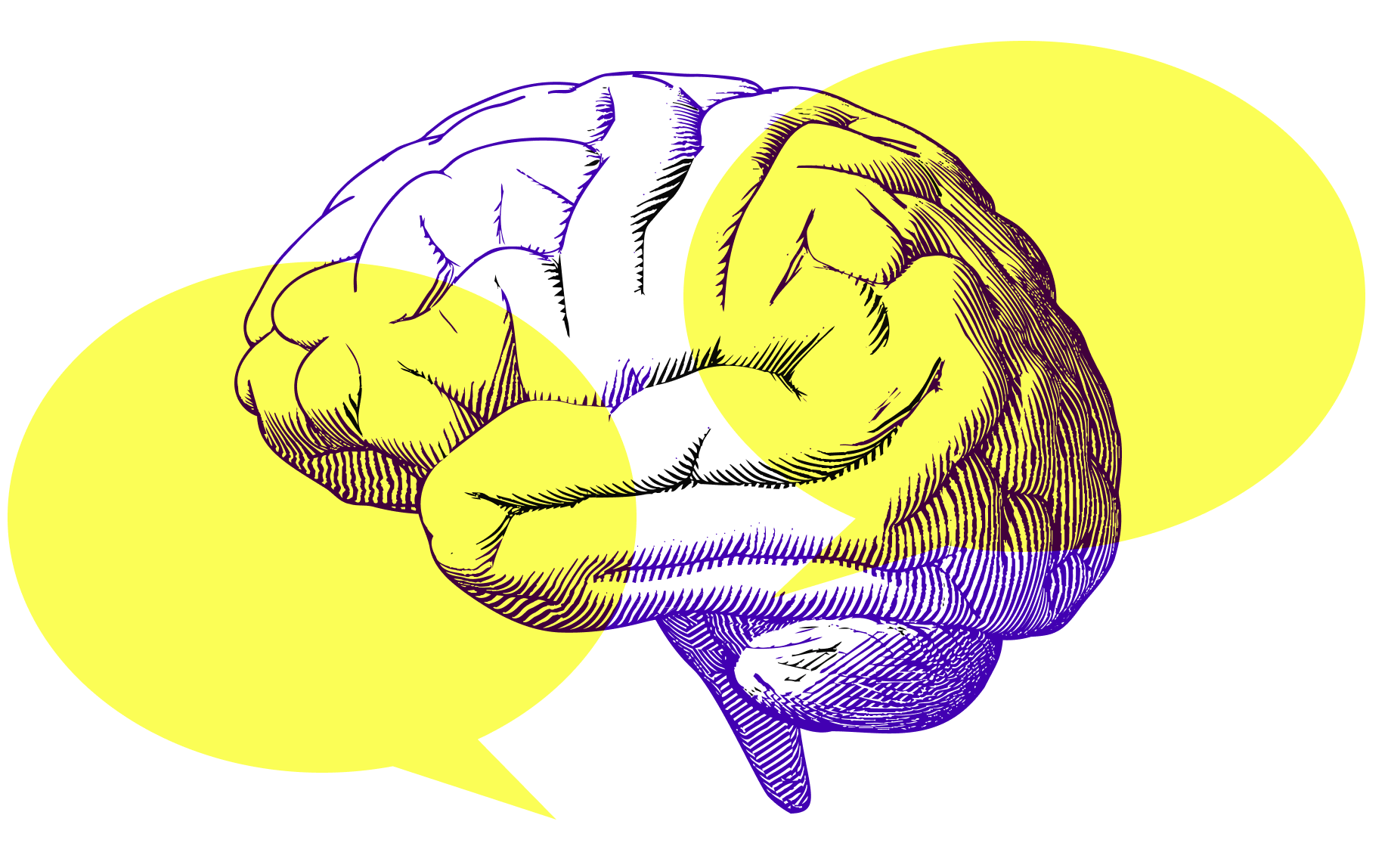Much of the business world still lacks understanding in the value of design and design led approaches. It’s like we’ve forgotten that we’re solving problems for humans. That's the whole point! We need to empathise with humans. To understand the pains they experience and the gains they are looking for, when trying to get to an outcome that matters to them.
We also need to work within constraints: Deal with technology integrations, CDR, Open Banking and Open Data regulations, timelines and success metrics. It’s important that we approach all of these challenges with our curiosity and humility. Design led approaches and design thinking is a framework that provides us with the important tools to come up with the solutions we need for these human complexities. Let's talk about the value of design.
So what is Design Thinking, and how does leading with it give businesses a competitive edge?
What is Design Thinking in a Design Led Approach?
Design thinking describes the holistic approach designers use to solve problems. The method is non-linear, iterative and most of all, human-centred. Designers come to understand users through the stages of design thinking. They challenge assumptions, redefine problems and create prototyped and tested solutions. It combines creative thinking with critical thinking. It guides designers from solutions to problems to solutions et cetera, helping teams find the best fit.
Importantly there is no one single definition.
It can be more likened to a way of approaching problems, ways of thinking about them and ways of exploring potential solutions to them. The Interaction Design Foundation breaks down the process of design thinking into 5 stages: Empathise, Define, Ideate, Prototype and Test.
Try to answer the following questions. When and what is the data used for? What’s the business strategy. Executives can employ design thinking to ensure their business remains relevant to current and future markets. Professor Jeanne Liedtka from the University of Virginia's Darden School of Business suggests that using design thinking has great impacts. Better ideas, improved implementation and adaptation, network capability and resource enhancement.
It also helps build trust both within teams and between teams and their stakeholders.
Consider it the groundwork you need to do in order to mitigate the risk of losing the trust of your audience. While there are many other ‘schools of thinking’, another common approach is engineering thinking. Engineering thinking is prevalent in modern society due to the fact that we live in a ‘technological society’. Engineers solve ‘pain problems’ with clearly defined, relatable solutions. Design thinking solves ‘wicked problems’, or really, human problems. There are numerous blogs and articles online dissecting the differences between these two ways of thinking.
Let’s dive into common distinguishing points between design and engineering thinking. Engineering relies on deductive reasoning whilst design thinking uses inductive and/or abductive reasoning. Complex ‘grey areas’ of human behaviour needs design thinking. A solution applicable in different scenarios is engineering thinking. And lastly the inherent risk; engineering has a low risk tolerance (bridge collapsing), whilst design thinking has high risk tolerance (UX not right on an app).
Some misinterpret design thinking and engineering thinking as opposites. In business in particular, some consider the engineering approach along the lines of: create the product, base it on assumptions we have of our customers, then throw it into the market and see if it lands. Think the Windows Phone- great design, but underestimated the value customers had for Google services like Gmail, search etc.
Help people understand the benefits they get from this relationship and the way in which you are delivering value to them. We often ignore that engineers, especially product designers, have been pioneers of design thinking. There are in fact many crossovers between these two ways of thinking. Success lies in the combination of both ways of reason.
Design led and Engineer led crossover
Design Thinking (DT) in business & Data Trust by Design (DTbD)
Let’s move to a well discussed point: the consumer attitude continues to shift towards privacy (discussed in our previous blog article ‘key transparency pillars’ give it a read if you haven’t already). Businesses that have a design led approach will be more effective in recognising and adapting to new challenges. Throughout and beyond Open Data.
Only one in five Australians reads and understands privacy policies. That’s because they’re too long and not actually designed in the first place. Not only does it ensure survival but as numerous studies have shown, a design led approach gives businesses a significant advantage. DMI: Design Value Index results showed that from 2005 - 2015, design driven companies outperformed the S&P 500 by 211% (ref). Financial institutions in particular have a historic tendency to develop products to meet internal requirements rather than focusing on the customer.
dmi: Design Value Index 2005-2015
A 2017 KPMG survey of finance sector companies found that 75% identified changing customer needs as the key area in which Fintech companies have disrupted the traditional finance business model. That’s because fintech companies are usually customer focused.
They focus heavily on human centred design, creating solutions early on to understand their customers. Building stronger services that meet market needs. That being said, there are two significant problems for both financial institutions and fintech companies alike. The first, adopting design thinking in both the short and long term. The other, navigating attitude-behaviour gaps of their customers and their products within everchanging legislative landscapes. The reality is that even in startups, design is still under-represented in team compositions, particularly compared to engineering.
Team makeup chart AU startups 2021-2022
The chart shows the imbalance between design and engineering in AU startup makeups.
With both these problems, there needs to be a focus on building trust and providing convenience at scale. As a foundation, businesses need to have long term vision, readiness for change, targeted and adaptive strategy and innovation in their sights. This highlights the importance for adoption and continuation of a design thinking approach.
Not acting on transparency can easily destroy the relationship with your customers and your brand equity. Importantly, overcoming the attitude-behaviour gap of customers in adopting emerging services like Open Banking and Open Data is inherently tied to trust. Insights from ING’s 2020 international survey on Open Banking serve as a case in point.
The benefits of having open access to personal banking information is easy to see for customers, trust is the complicated component. This is entirely because it relates to attitudes towards “both the institutions involved and the security of accessing data” and that “calculating the value of sharing one’s individual data is complex”. By using the principles of Data Trust by Design as a compliment to design thinking, Muteo can help cross functional teams design products and services that are more trustworthy. Data Trust by Design is not just a set of principles (outlined here) but metrics, patterns and practises that are human centred with the focus on enhancing trust in brands when it comes to data sharing experiences.
Conclusion
Numerous researchers have demonstrated that businesses taking a design-led approach dramatically outperform their competitors. These businesses understand the needs of the market better, helping their teams to be better equipped to innovate. When you value design led approaches, you have a competitive advantage. We're in a climate where trust in data practises becomes more important to customers, especially in Open Data. It's time to take the necessary steps in equipping your business with the mindset, skillset and toolkit to innovate.
If you want to know more about how a design-led approach can benefit your brand and product experiences, let’s chat.
the muteo team


